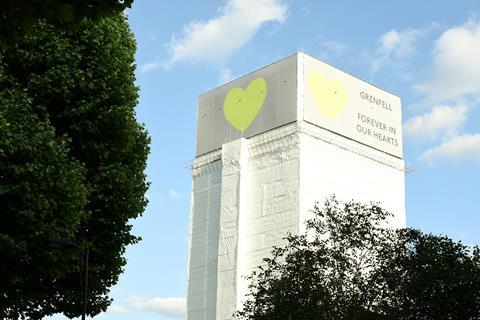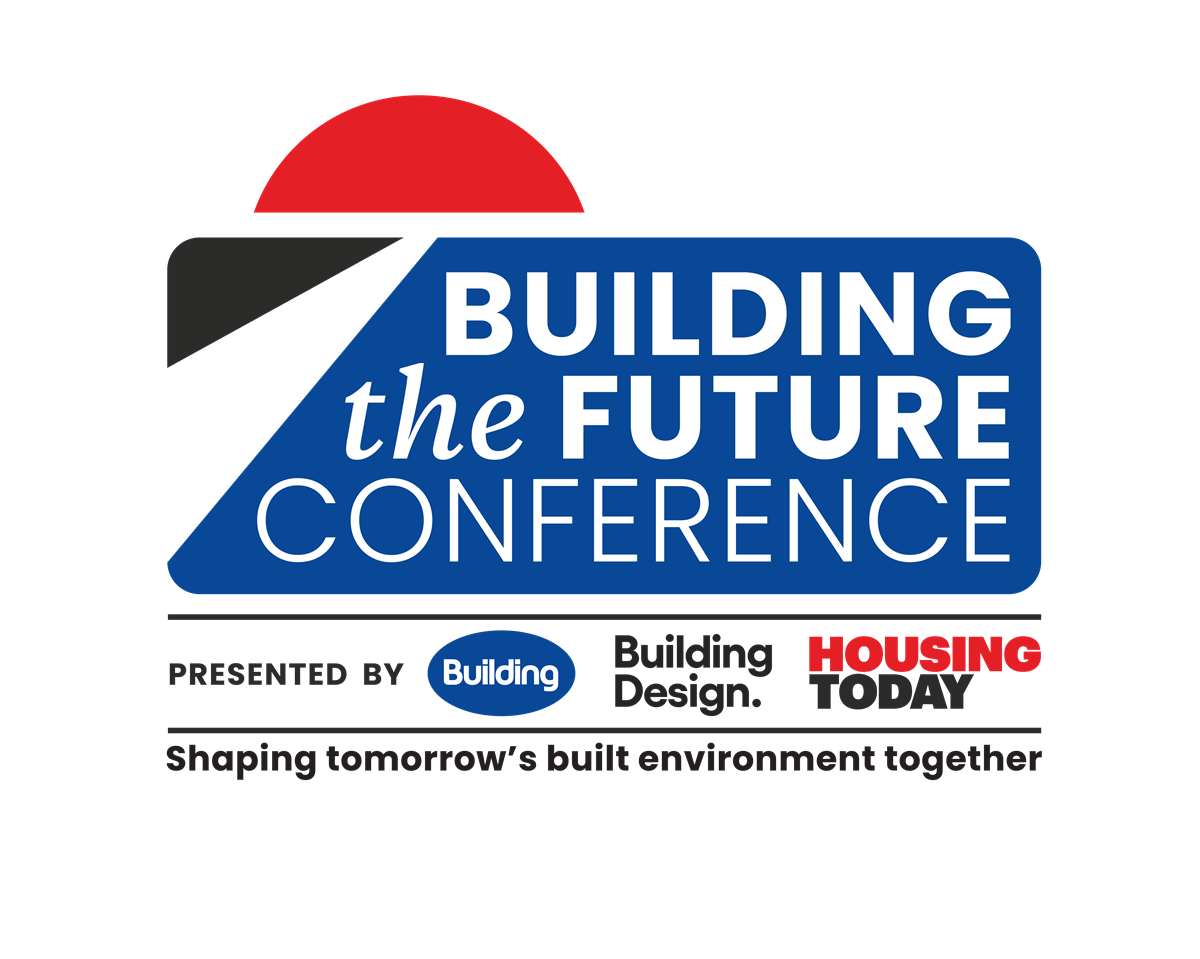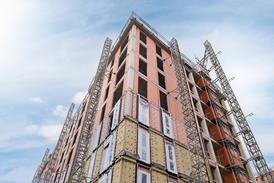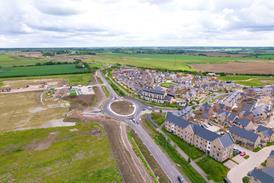Ever more stringent Building Regulations are ensuring that new homes are built to high energy-efficiency standards, but little in the regulations deals with existing housing stock, which are the source of one-third of all the UK’s carbon dioxide emissions.
The energy-efficiency standards set for existing homes under the decent homes standard won’t be sufficient to help the government to meet its targets for CO2 reductions, say environmental experts, and more drastic action is required.
But the housebuilding industry has little information on how best to apply energy-saving techniques and technologies to achieve the best, and most cost-effective, results in homes. Now a major project is set to offer clear guidance.
The Generation Homes project, being undertaken by ESD, an environmental consultancy co-funded by the Energy Saving Trust, is trying to determine the best way of improving the energy-efficiency of existing homes. ESD is working with ECD Architects on the project, which has the target of reducing CO2 emission levels in existing housing by more than the 60% of the overall government target.
ECD Architects has produced a draft schedule of energy improvement measures that would be considered for a typical post-war semi (see below). “Good practice is things like insulation, better boilers and appliances, but that is not going to get you near the 60% reduction,” explains Assen Gasharov, consultant with ESD. “Best practice is things like super-insulation, on-site renewable energy like solar water heating, wind power and ground source heat pumps, and it is also conscious and aware occupants.”
So far, the project has looked at what’s possible at the single house level; the next stage is to apply it to a 10-unit demonstration project. The project will then look at larger-scale developments.
Source
RegenerateLive





















No comments yet